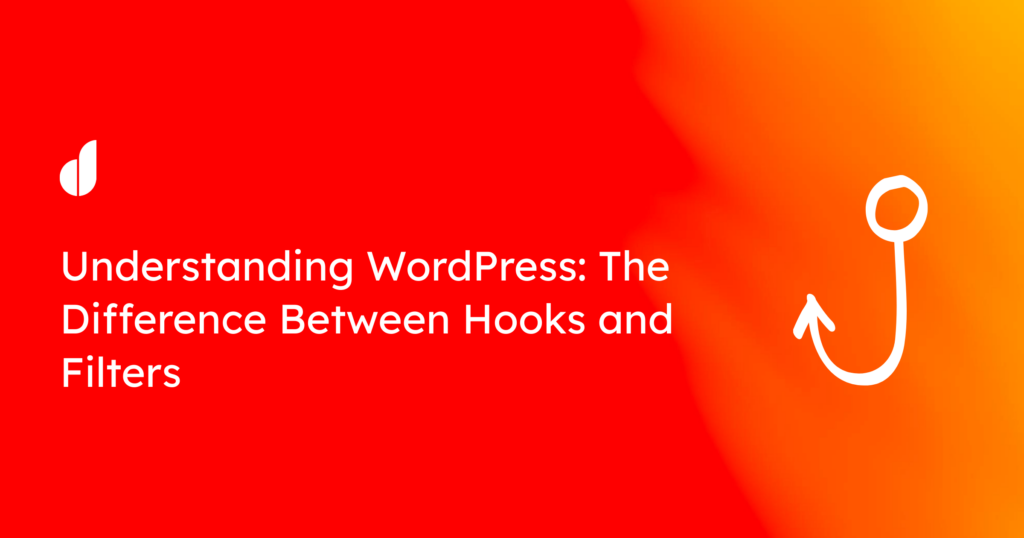In the world of WordPress development, Hooks and Filters are powerful tools that allow developers to modify the default functionality of WordPress or plugins without altering the core code. Understanding these concepts is crucial to effective WordPress development. Let's delve deeper into their definitions, uses, and examples.
What is a Hook in WordPress?
A hook in WordPress is a way for one piece of code to interact/modify another piece of code. They make up the foundation for almost all plugin development in WordPress, allowing developers to ‘hook into’ the core WordPress functions and make them behave differently.
Types of Hooks
There are two types of hooks:
- Action Hooks: These allow you to insert custom code at various points (wherever the hook is run).
- Filter Hooks: These allow you to manipulate and return a variable which it passes (for instance a product price).
Now, let's delve into the specifics of Action Hooks and Filter Hooks.
Understanding Action Hooks
What are Action Hooks?
Action Hooks in WordPress are triggered at specific times during WordPress's execution, allowing a plugin to take a defined action. They allow developers to add their own code at the specific point in the execution where the hook is called.
How to Use Action Hooks
A simple example of an Action Hook is adding a custom message to the footer of a website. In your theme’s functions.php file, you might have:
function custom_footer_message() {
echo 'Thank you for visiting our website!';
}
add_action('wp_footer', 'custom_footer_message');In this example, 'wp_footer' is the Action Hook provided by WordPress, and 'custom_footer_message' is the function that we have created to output our custom message.
Use Cases for Action Hooks
Action Hooks are used extensively throughout WordPress core, themes, and plugins. They can be used to:
- Modify the default WordPress behaviour.
- Add additional functionality like adding a tracking code to the footer.
- Create custom shortcodes, widgets or even custom Gutenberg blocks.
Delving into Filter Hooks
What are Filter Hooks?
Filter Hooks in WordPress are used to manipulate output. They allow a plugin to take existing content and modify it in some way before it is sent to the browser or saved to the database.
How to Use Filter Hooks
Here's an example of a Filter Hook that modifies the default excerpt length:
function custom_excerpt_length($length) {
return 20;
}
add_filter('excerpt_length', 'custom_excerpt_length', 999);In this example, the excerpt_length filter hook is used to modify the default excerpt length. The function custom_excerpt_length is created to return our preferred excerpt length.
Use Cases for Filter Hooks
Filter Hooks can be used to:
- Modify content, titles, excerpts or comments.
- Customize the way certain parts of your site are displayed.
- Alter data before it is saved to the database.
- Modify default WordPress functionality to suit your needs.
Conclusion
In WordPress, Hooks and Filters offer tremendous flexibility for customizing the core functionality without changing the original code. Understanding and utilizing these functions allow developers to create more dynamic and interactive websites. While Action Hooks allow you to insert custom code at specific points, Filter Hooks let you modify and manipulate output. Mastering these two concepts is crucial to become an effective WordPress developer.

